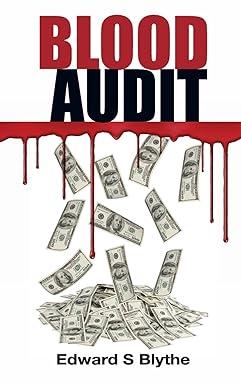Question
Statement of Cash FlowsIndirect Method The comparative balance sheet of Olson-Jones Industries Inc. for December 31, 20Y2 and 20Y1, is as follows: Dec. 31, 20Y2
Statement of Cash FlowsIndirect Method The comparative balance sheet of Olson-Jones Industries Inc. for December 31, 20Y2 and 20Y1, is as follows: Dec. 31, 20Y2 Dec. 31, 20Y1 Assets Cash $108 $36 Accounts receivable (net) 62 45 Inventories 39 25 Land 89 100 Equipment 50 39 Accumulated depreciation-equipment (13) (7) Total Assets $335 $238 Liabilities and Stockholders' Equity Accounts payable (merchandise creditors) $42 $36 Dividends payable 7 - Common stock, $10 par 22 11 Paid-in capital: Excess of issue price over parcommon stock 51 28 Retained earnings 213 163 Total liabilities and stockholders' equity $335 $238 The following additional information is taken from the records: Land was sold for $28. Equipment was acquired for cash. There were no disposals of equipment during the year. The common stock was issued for cash. There was a $72 credit to Retained Earnings for net income. There was a $22 debit to Retained Earnings for cash dividends declared. a. Prepare a statement of cash flows, using the indirect method of presenting cash flows from operating activities. Use the minus sign to indicate cash out flows, cash payments, decreases in cash, or any negative adjustments. Olson-Jones Industries, Inc. Statement of Cash Flows For the Year Ended December 31, 20Y2 Cash flows from operating activities: Net income $ Adjustments to reconcile net income to net cash flow from operating activities: Depreciation Gain on sale of land Changes in current operating assets and liabilities: Net cash flow from operating activities $ Cash flows from investing activities: $ Net cash flow provided by investing activities Cash flows from financing activities: $ Net cash flow provided by financing activities $ Cash at the beginning of the year Cash at the end of the year $ b. Was Olson-Joness net cash flow from operations more or less than net income? The source(s) of the difference are: Gain on the sale of land Purchase of equipment Sale of common stock Changes in current operating assets and liabilities Depreciation expense Dividends paid
Step by Step Solution
There are 3 Steps involved in it
Step: 1

Get Instant Access to Expert-Tailored Solutions
See step-by-step solutions with expert insights and AI powered tools for academic success
Step: 2

Step: 3

Ace Your Homework with AI
Get the answers you need in no time with our AI-driven, step-by-step assistance
Get Started


